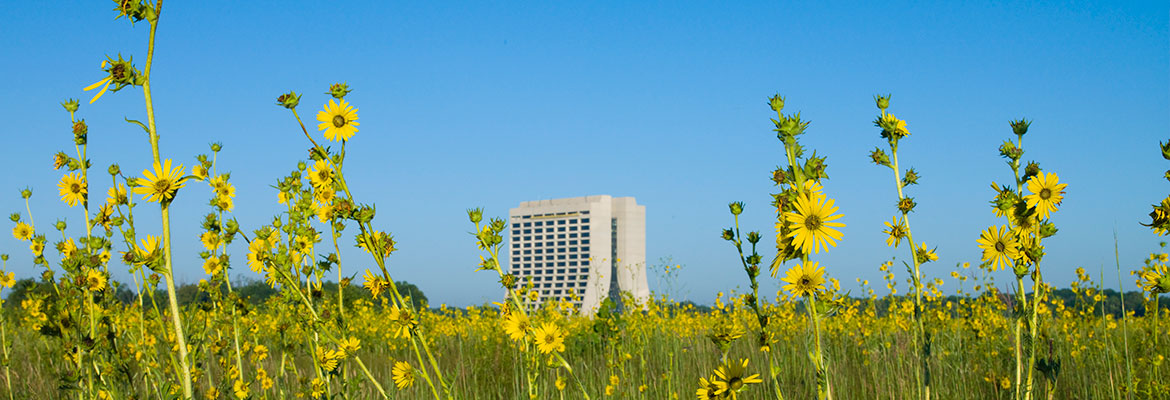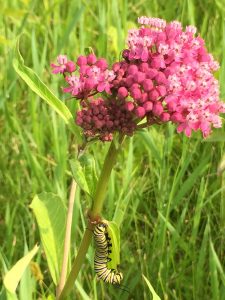Understanding the role of insects in ecological restoration and management is critically important despite their small size.
Insect diversity is the true indicator of success for the ‘build it and they will come’ approach to ecological restoration. Many insects are tied to plants directly as food sources or indirectly by microhabitat structure. A mosaic of diverse plant communities should foster a large number of insect groups and species. Also, since many birds and other higher-trophic level organisms need insects to fulfill dietary or rearing needs, the role of insects in ecological restoration and management is critically important despite their small size.


